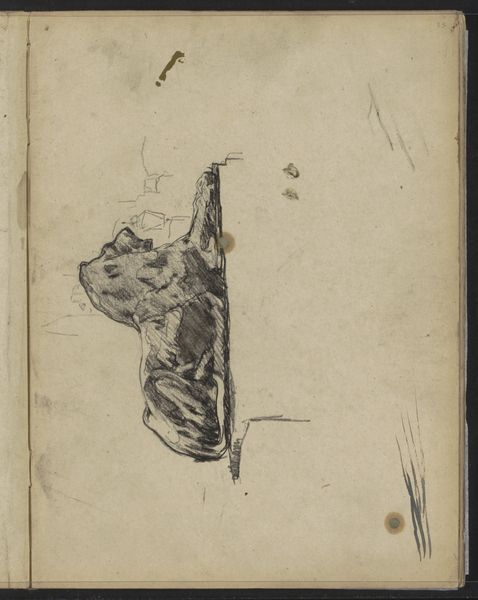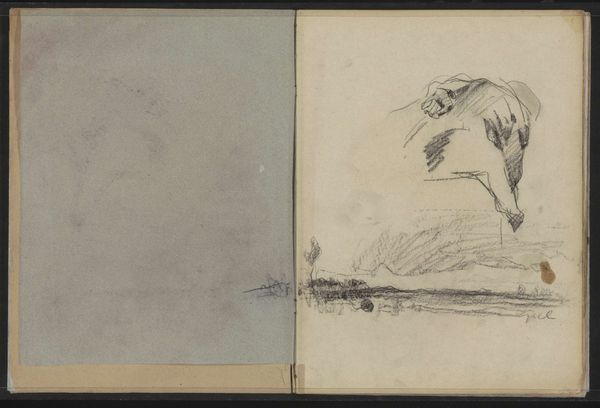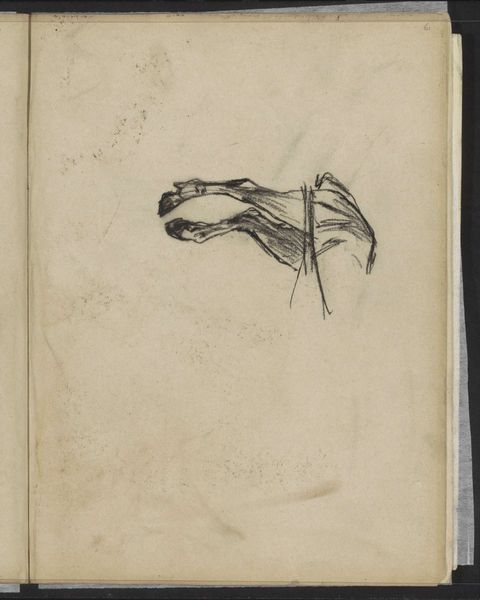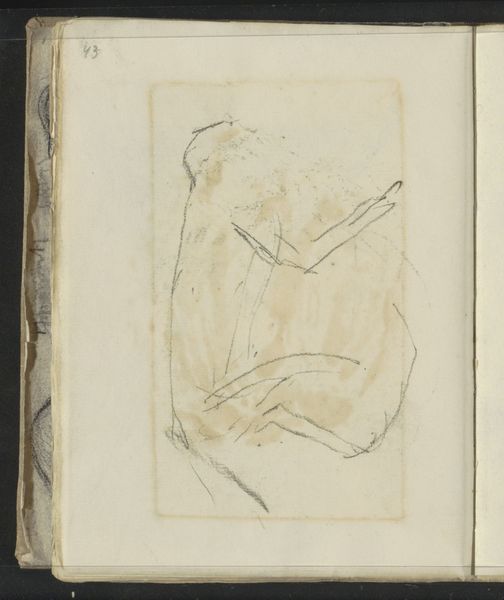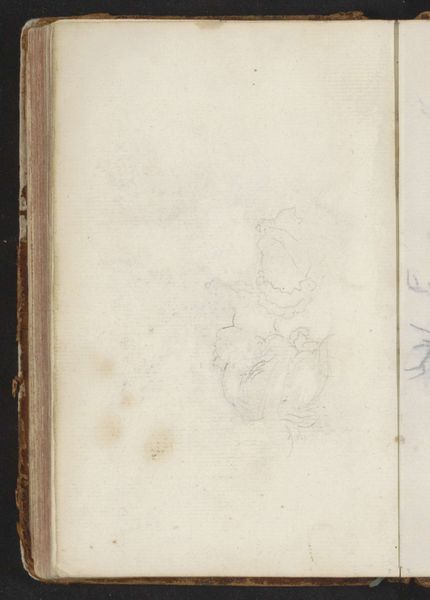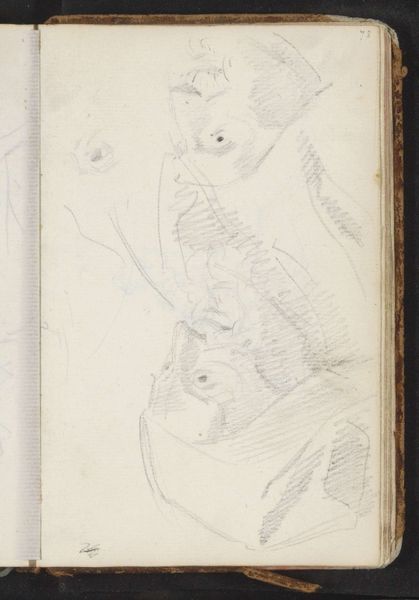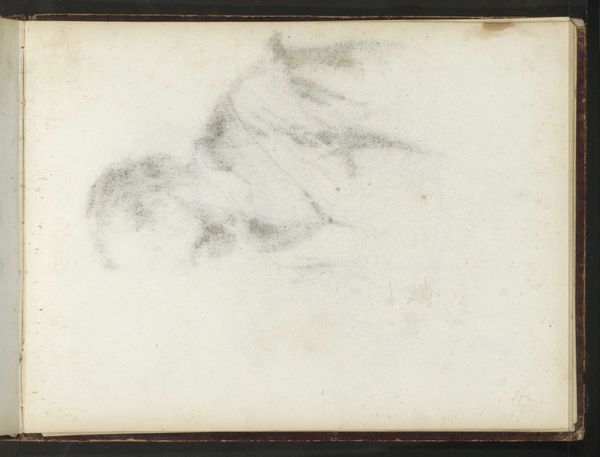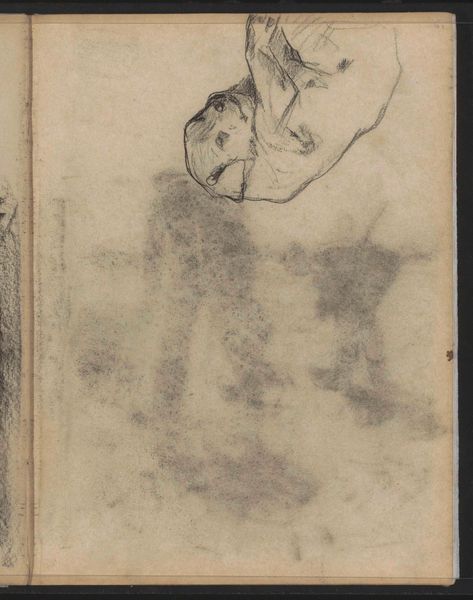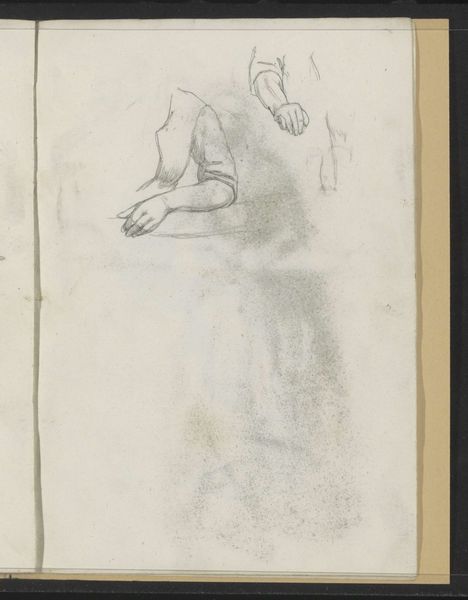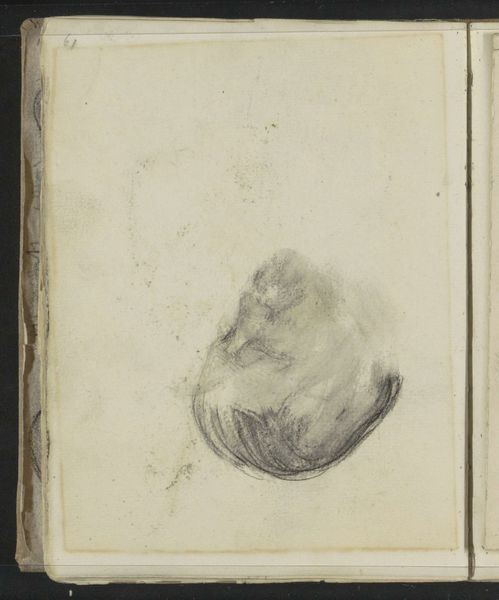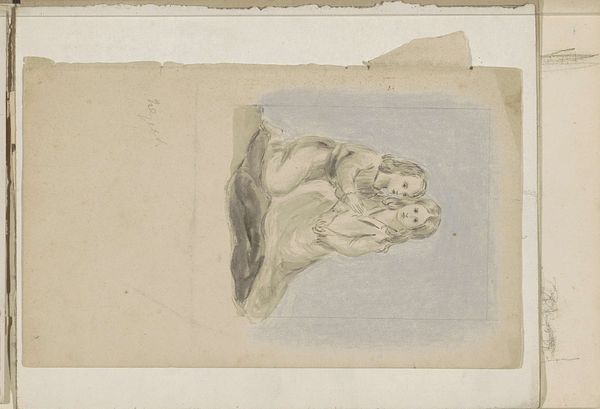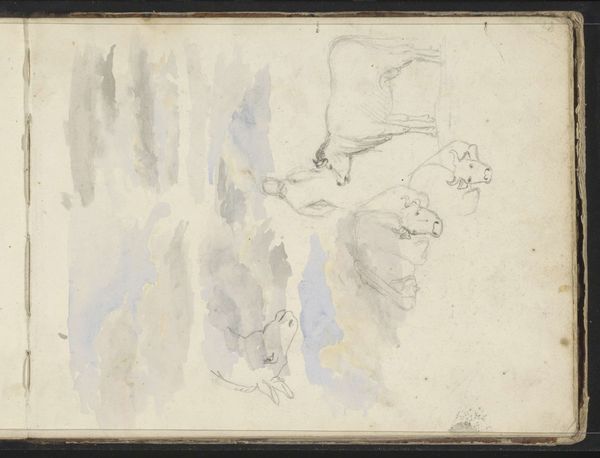
drawing, coloured-pencil, paper, pencil, charcoal
#
portrait
#
drawing
#
coloured-pencil
#
pencil sketch
#
charcoal drawing
#
paper
#
child
#
coloured pencil
#
sketch
#
pencil
#
charcoal
#
watercolor
Copyright: Rijks Museum: Open Domain
Editor: Here we have Floris Arntzenius' "Kinderhoofd," likely created sometime between 1883 and 1914. It’s a drawing using coloured pencil, regular pencil and charcoal on paper. It’s very ethereal...almost ghostly. What are your initial thoughts about it? Curator: Well, seeing a drawing like this always prompts me to think about the politics of representation in that era. A drawing focusing solely on a "child's head", rather than a commissioned portrait, would likely function as an informal, or even private artwork. This reflects broader societal shifts around childhood - where the child becomes viewed as a subject worthy of study and empathy, although from a relatively detached perspective. It wasn't really intended for public display; Arntzenius seemingly captured something spontaneous. What do you make of that looseness? Editor: It definitely has a spontaneous feel, like a fleeting glimpse. The lack of a polished finish almost enhances the child's vulnerability. Do you think the medium – pencil and charcoal – contributes to this feeling? Curator: Absolutely. Think about the tradition of academic drawing in the 19th century, where the ability to capture form accurately was considered the bedrock of artistic training. This sketch sits outside that institutional framework. Arntzenius is exploring form, but the emphasis is not on photographic realism. The visible strokes allow for a far more psychological, nuanced portrayal, arguably. The materials facilitate intimacy but also suggest a certain transience to childhood. Does this make you see it in a new light? Editor: It does! I hadn't considered how the very act of sketching challenges those established, formal portrait traditions and conveys deeper meaning. It feels less about perfect likeness and more about capturing a feeling. Curator: Exactly. We see art historical movements mirrored in social values and techniques - making us consider how representation is constantly influenced by larger power structures and how artists play their part in shaping it.
Comments
No comments
Be the first to comment and join the conversation on the ultimate creative platform.
